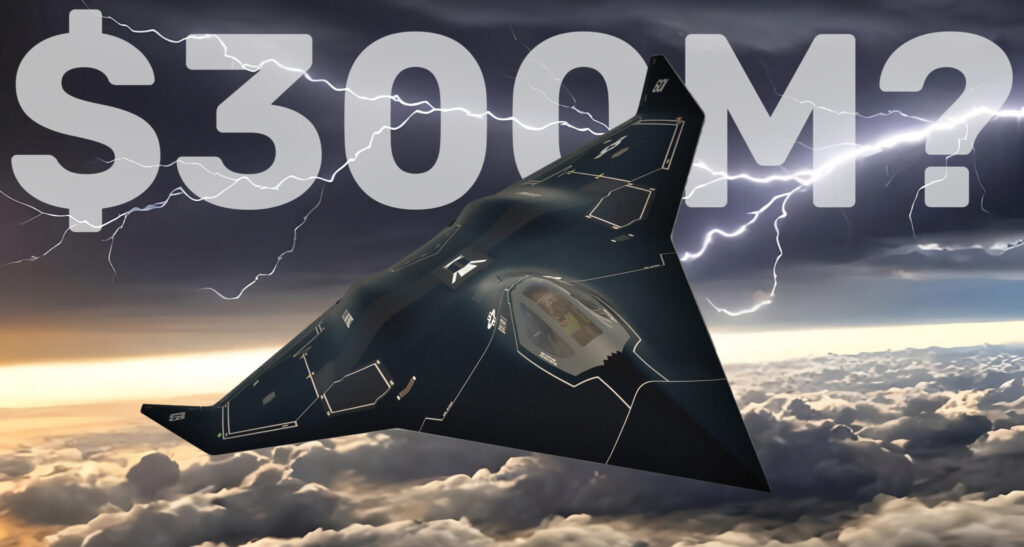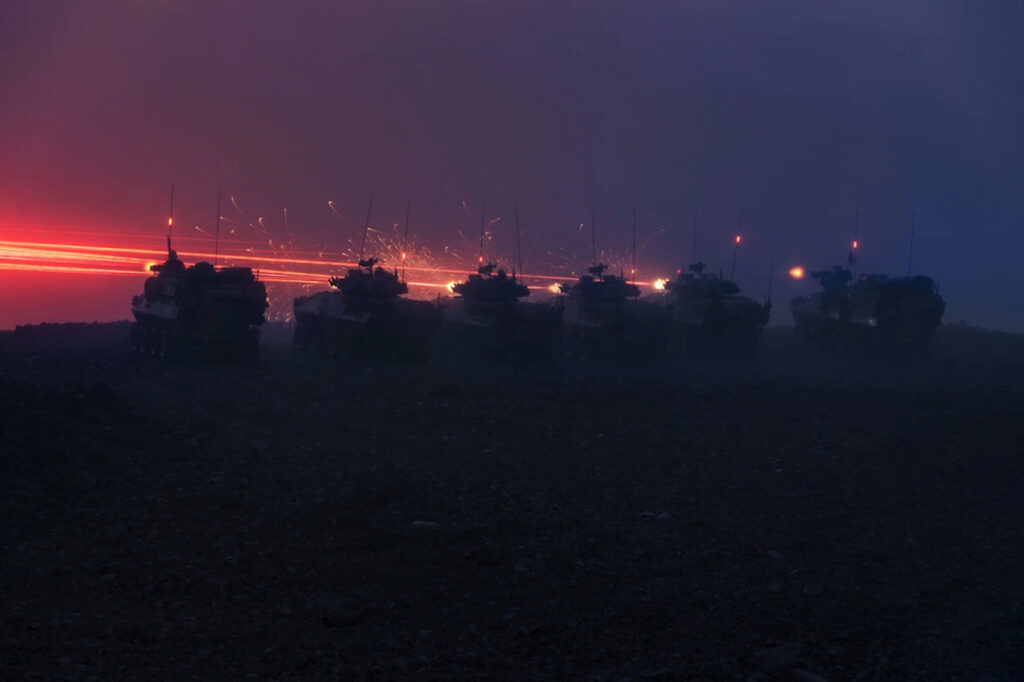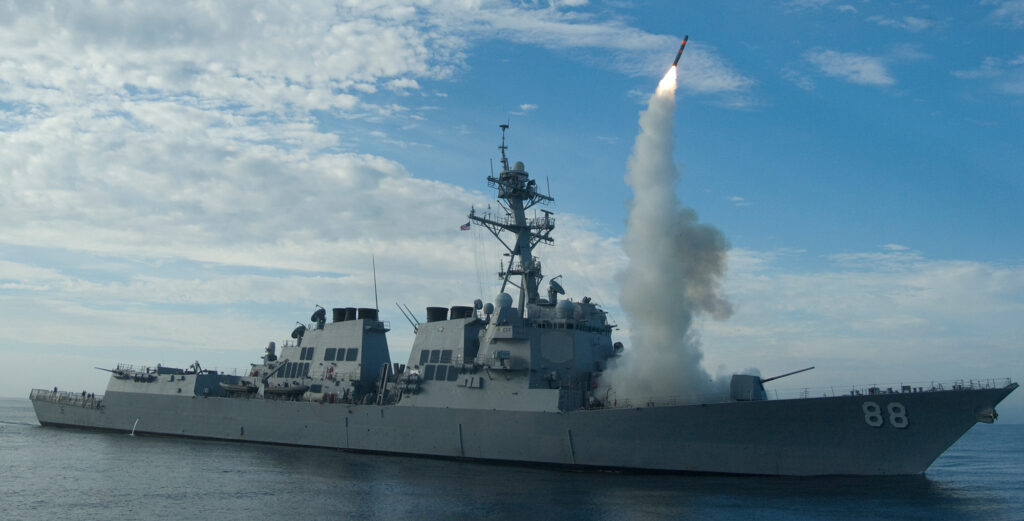America’s next stealth fighter in active development is going to be very pricey, with some estimates now reaching as high as $300 million per airframe. But while that figure is sure to give plenty of folks a serious case of sticker shock, the truth is, even at that high a price, this fighter may still be a serious bargain.
There’s no denying that Uncle Sam has an affinity for expensive military platforms, with today’s F-35 Lightning II effort currently holding the title for most expensive military program in history at an estimated $1.7 trillion over the jet’s service life. And with the F-35A’s per unit price now floating at around $80 million each, forking over $300 million for another new stealth fighter does sound shocking.
But it’s important to remember that the F-35’s price has come down dramatically thanks to the fact that a whopping 17 countries have placed orders for the advanced fighter and more than 1,000 F-35s have already been delivered to customers. In other words, despite a high operating cost, the F-35 has become one of the most widely operated fighters on the planet, and high volume has a way of bringing down costs.
Conversely, the Air Force intends to purchase just 200 or so fighters from the Next Generation Air Dominance program, with these next-generation jets expected to fly alongside another 300 advanced new Block 4 F-35s and at least 1,000 artificial intelligence-enabled drone wingmen.
This relatively short production run will place the NGAD fighter on fairly equal footing, in terms of total numbers, with the very fighter it’s slated to replace: the F-22 Raptor. And the truth is when comparing the NGAD’s projected cost to fighters like the Raptor, or even the venerable F-14 Tomcat… that sticker shock soon gives way to a sense that NGAD may actually be a pretty good deal, even at $300 million per airframe.
Related: The race to field NGAD, the futuristic replacement for the F-22, is officially on
Editor’s Note: This story features the incredible artwork of our dear friend Rodrigo Avella. Please make sure to visit his website and follow him on Instagram for more incredible aviation renders!
What do we know about NGAD fighter and its cost so far?
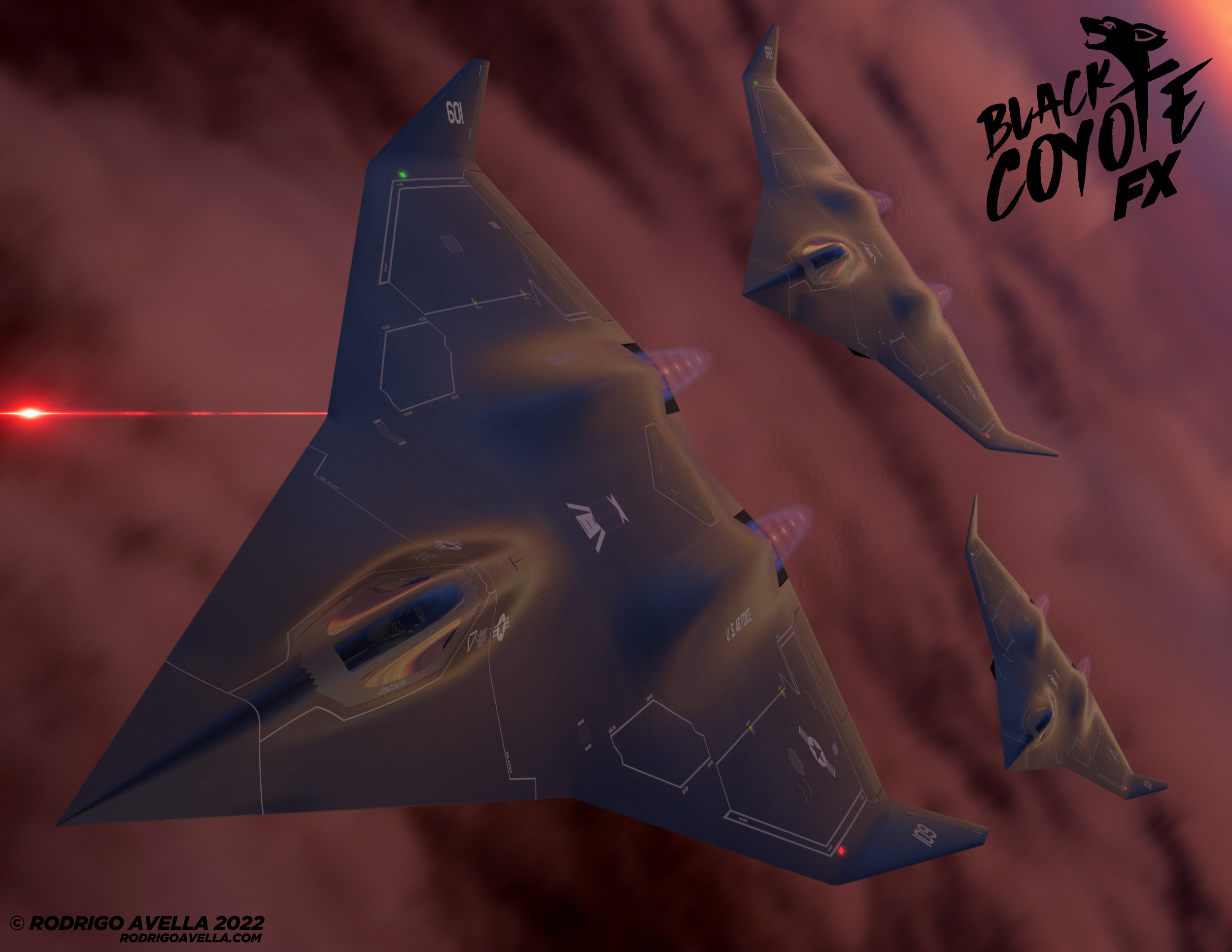
The Next Generation Air Dominance program has been, until fairly recently, more about developing new aviation technologies than specifically fielding a new fighter platform. These technologies all fell within one of four categories:
- Propulsion — The Air Force intends to field these new fighters with advanced adaptive cycle engines that will offer more power, more fuel economy, better heat regulation and power production, and greater loiter times than were possible with earlier engine designs.
- Uncrewed Systems — The NGAD fighter will fly alongside a constellation of AI-enabled drone wingmen to extend sensor reach, increase combat capacity and survivability, and more.
- Materials — Advances in material science are often among the most secretive elements of stealth aircraft design, as today’s Radar Absorbent materials are rated to absorb as much as 80% of inbound radar waves, but limit fighter performance due to their fragility. Improved RAM could reduce maintenance costs, improve stealth, and allow for greater performance.
- Sensors — The NGAD program leans further into the F-35’s air combat methodology of detecting and targeting enemy aircraft from greater ranges than ever before, allowing the fighter to engage and destroy enemy jets before they ever even know the fighter was there.
However, as these technologies matured, the focus of the effort transitioned toward combining these new technologies into a single crewed airframe, culminating in a classified contract solicitation released last month for final design proposals. The Air Force now intends to choose a winning design next year, with aggressive plans to begin fielding operational jets by the end of this decade.
At this stage, the Air Force couldn’t offer an accurate projected per-unit cost for this fighter, as a design hasn’t even been chosen yet, but Air Force Secretary Frank Kendall has gone on record to say that it will likely cost “multiple hundreds of millions of dollars” per jet.
While technically a separate program being developed under the same Next Generation Air Dominance moniker, the Navy’s forthcoming F/A-XX fighter is expected to share some common modular systems with the Air Force’s new fighter.
Based on renders we’ve seen of this new fighter released by the U.S. Air Force and defense contractors alike, it seems likely that the new jet will omit some traditional fighter control surfaces — namely the standing vertical tails, in favor of an even stealthier profile. The result may be a fighter that isn’t quite as aerobatic as previous top performers like the F-22 Raptor, but will almost certainly be the stealthiest fighter to see the sky to date.
Related: Is this the technology that will define 6th generation fighters?
NGAD won’t need to replace older fighters at a 1:1 rate
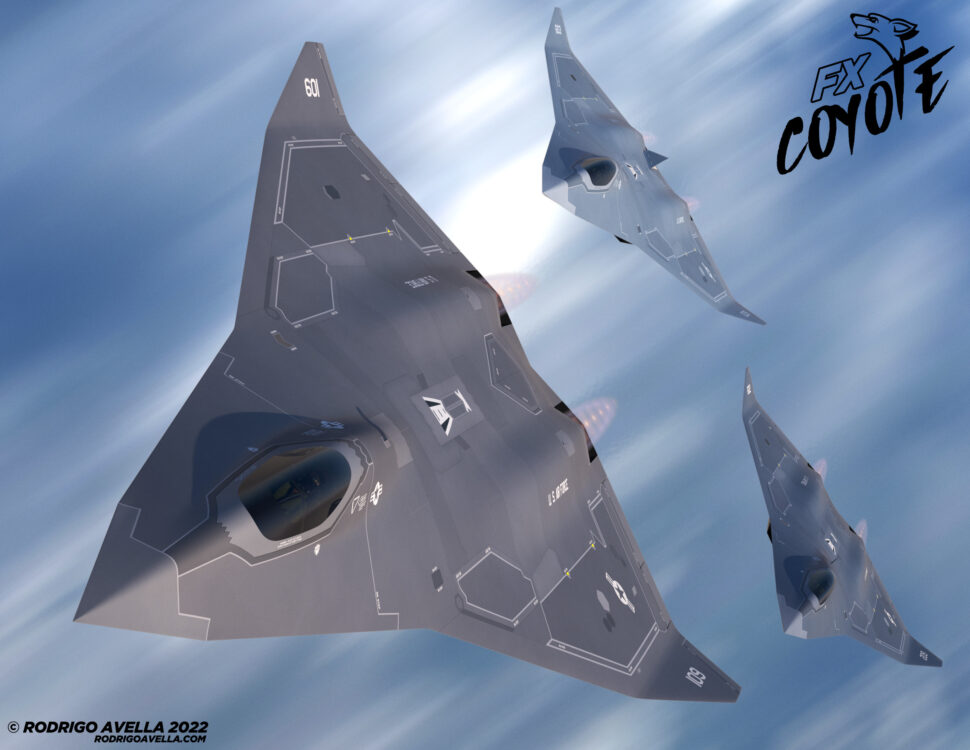
Arguably the most important difference between this new NGAD fighter in development and previous top-tier jets like the Raptor or Tomcat is how America’s next air superiority fighter is being designed to operate alongside a bevy of AI-enabled drone wingmen.
These wingmen aircraft will use onboard AI to allow them to complete complex tasks as assigned by the pilot onboard the NGAD fighter. They could extend the aircraft’s sensor range by flying out ahead, its payload capabilities by engaging targets on its behalf, and even its survivability by absorbing missiles on the crewed fighter’s behalf or engaging enemy targets before they have a chance to cause harm.
But importantly, these drone wingmen will also allow a single crewed NGAD fighter, flying alongside two or three drone wingmen, to replace entire formations of older generation jets that each require a pilot of their own. As a result, F-15s and F-22s won’t need to be replaced on a one-to-one basis in order to maintain the same level of combat capability.
Related: Voodoo II: Could a simple patch give us a sneak peek at NGAD?
Avoiding the F-35 program’s ‘acquisition malpractice’
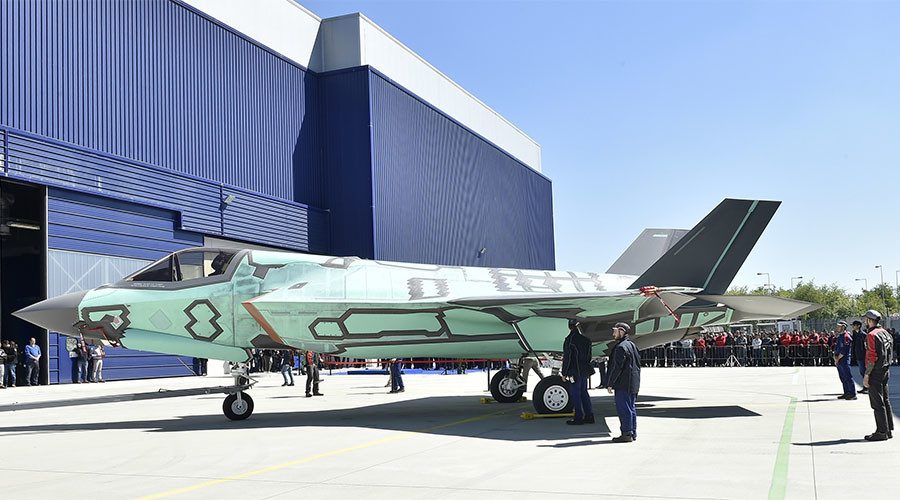
The F-35 may be the most technologically advanced fighter in service today, but the budget-busting acquisition boondoggle that got it there is something the Air Force is working hard to avoid doing again. Sandboxx News has covered the poor decisions that led to the F-35’s ballooning development costs and production setbacks at length in previous articles. Among the most glaring issues that led to such costs were, first, giving Lockheed Martin an effective monopoly on aircraft design, production, and sustainment for decades to come with little incentive to come in under — or even at — projected cost; and, second, beginning production long before testing was complete, forcing older jets to undergo expensive refits once issues were identified.
In order to avoid these sorts of setbacks in the future, the Air Force is reshaping how it executes fighter contracts, separating design and production from long-term sustainment to force competition between firms, and perhaps most important of all, ensuring Uncle Sam owns at least a significant portion of the “data rights” or intellectual property associated with the new fighter and its design, rather than allowing a corporation to maintain a monopoly on the fighter going forward.
Of course, even if everything goes exactly as the Air Force plans (which is almost certainly not going to happen), that won’t alleviate the immense cost associated with fielding the most advanced fighter on the planet.
But then, paying a premium to own the skies is something Uncle Sam is already pretty accustomed to…
Related: What went wrong? How the F-35 got to be so expensive
An Air Force study showed restarting F-22 production would cost $330 million per Raptor in 2023 dollars
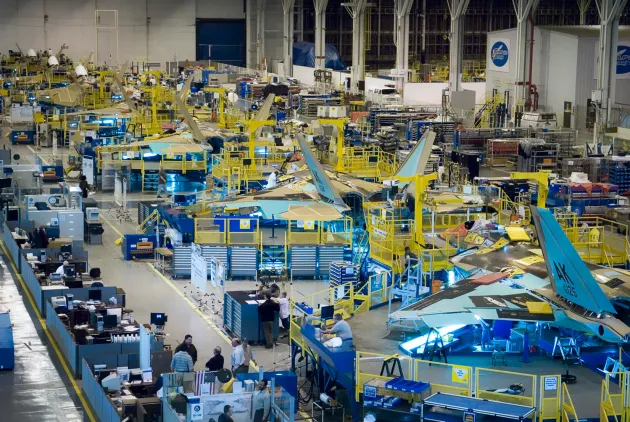
Many have questioned the wisdom of developing and fielding an entirely new air superiority fighter to replace the F-22 Raptor at all. After all, despite being the first and oldest stealth fighter on the planet, it remains the stealthiest and arguably most dominant of the bunch. Rather than spending a fortune on a new jet, why not just build more F-22s?
Well, the Air Force thought of that. Back in 2017, the Air Force commissioned a secretive study into just how much restarting F-22 production would cost — and the report’s conclusions were bad news for Raptor fans. Because much of the F-22 production line was cannibalized for F-35 production after the Raptor’s cancelation, restarting the production line would mean establishing new production infrastructure practically from scratch.
As a result, with startup costs included, a batch of 194 new F-22 Raptors was projected to cost approximately $50.3 billion, which adjusted to 2023’s inflation, skyrockets up to around $62.5 billion. That averages out to a current cost of about $330 million per new Raptor if the U.S. were to restart production today.
It’s important to remember that the F-22’s first flight came more than 10 years before the first iPhone was released, and much of the aircraft was designed in the early 1990s. In other words, it would likely cost the same or even more to build new old Raptors than it would to simply start from scratch on a 21st-century design.
Related: Why can’t America build any new F-22 Raptors?
F-22s cost $270 million apiece when adjusted to 2023’s inflation
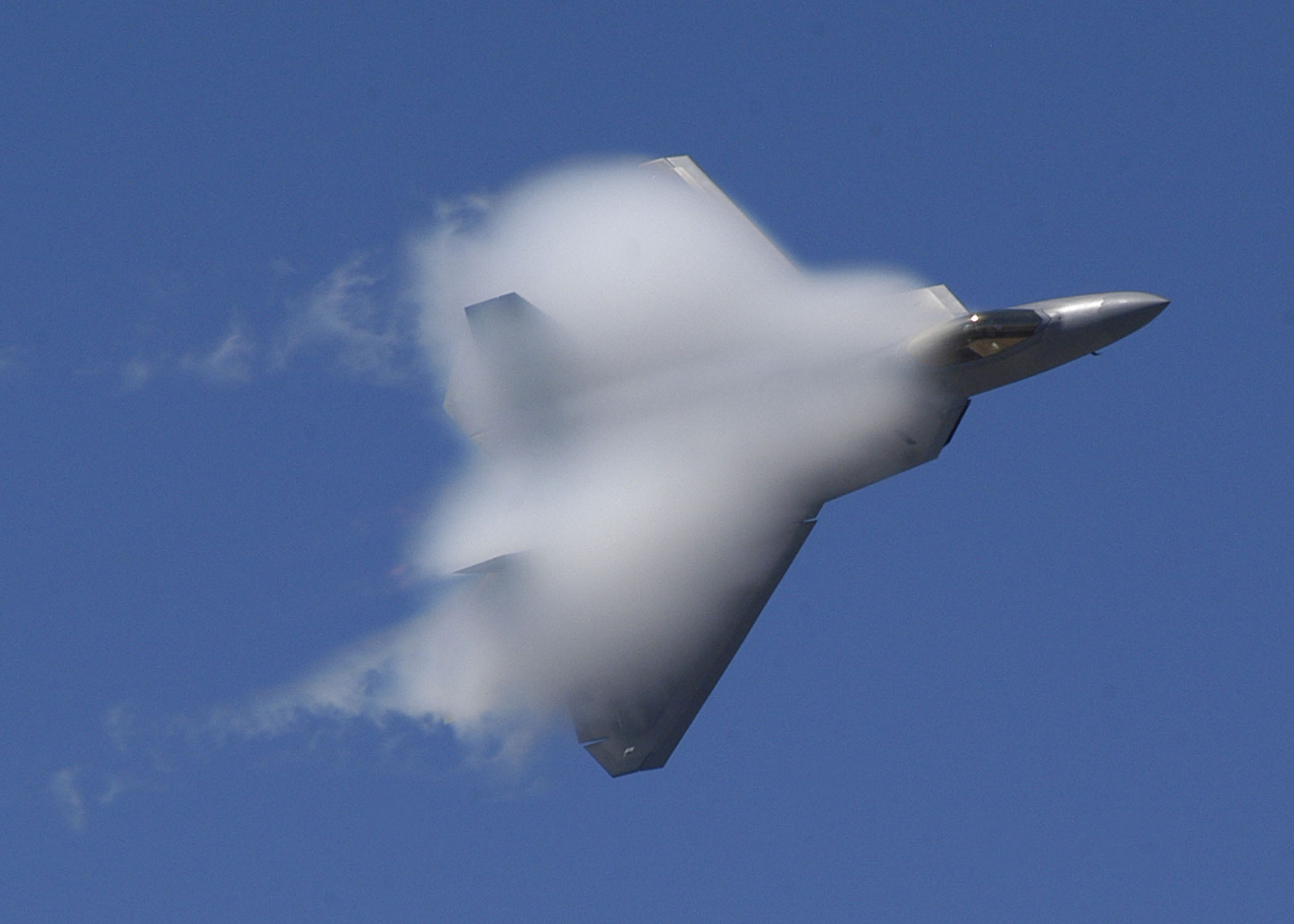
Even when F-22 production was still going at full steam ahead back in 2010, the Congressional Research Service reported that the United States was paying approximately $186 million per aircraft — assuming you don’t roll research and development costs into the per-unit price, as that would skyrocket the Raptor’s price to $369.5 million each in 2010 dollars. However, $186 million in 2010 adjusts to approximately $260.4 million in 2023.
So, even if production had simply paused, rather than halted and we could somehow restart F-22 production today exactly as it left off, new Raptors would still be creeping up on the $300-million-per-airframe mark, especially if systems that were left out of the original Raptor but are now considered necessary, like infrared search and track or helmet-cued targeting, were incorporated into the design to bring it on par with its more modern competition.
Related: America’s F-22 will see serious upgrades before retirement
The F-35’s original per-unit cost would be more than $330 million today
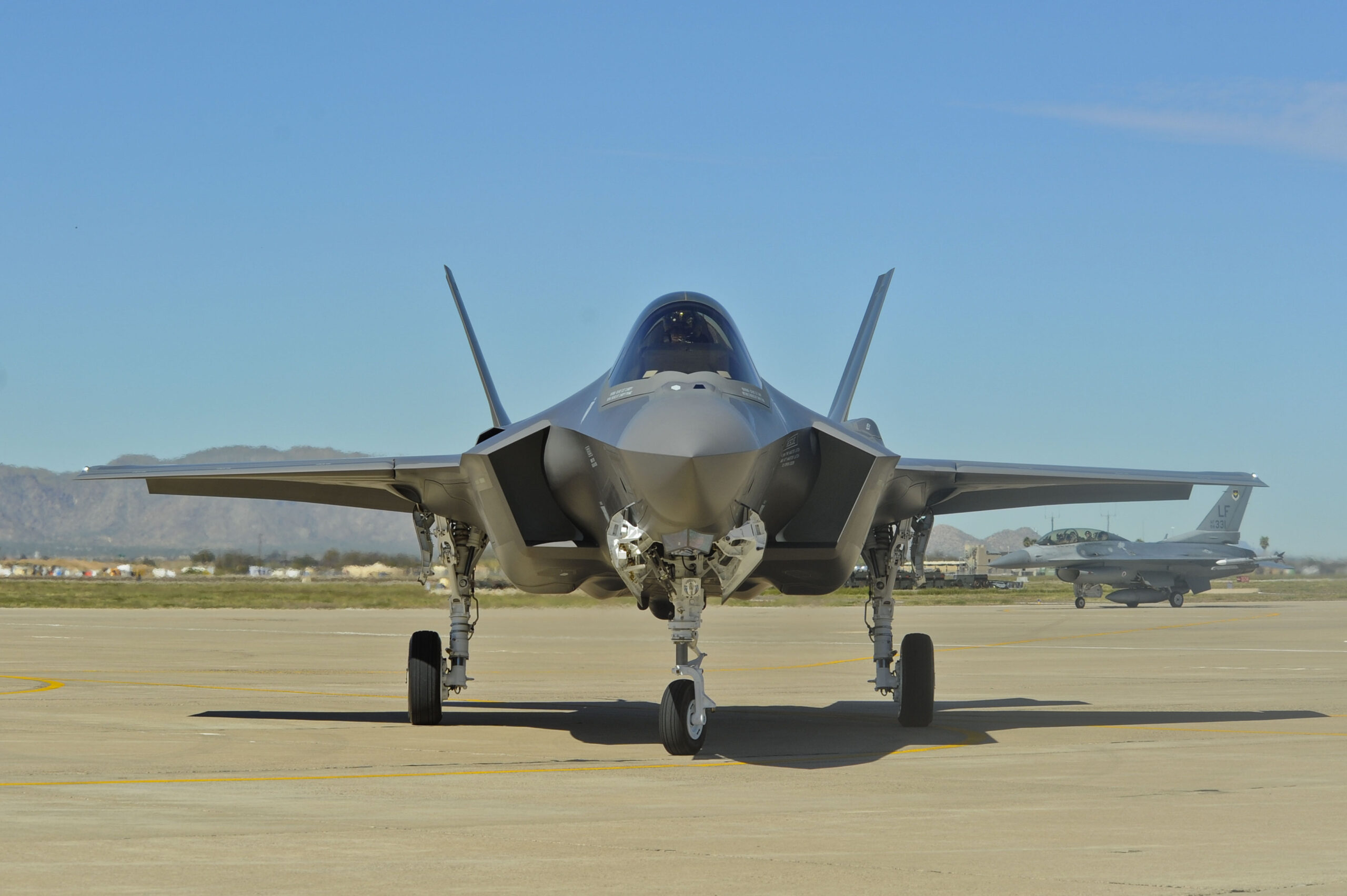
As we discussed earlier, the F-35 Lighting II borne out of the vastly expensive Joint Strike Fighter program has been getting consistently cheaper over the years thanks to a laundry list of customers and high production volume. However, that wasn’t always the case.
Back when the F-35 began its production run in 2007, it was quite a bit more expensive… at approximately $221.1 million per airframe. When adjusted to 2023’s inflation, that comes out to approximately $331.5 million per fighter today.
However, it’s important to note that the F-35’s per-unit cost dropped dramatically in its first years of production, with Low Rate Initial Production (LRIP) Lot 2 following that same year at just $161.7 million per aircraft, which shakes out to about $242.3 million per fighter. And by 2012, it had dropped all the way to $107 million per jet, or about $143 million today.
Related: What kind of fighter could the latest military tech really build?
Adjusted for 2023’s inflation, Maverick’s F-14 Tomcat cost $270 million each
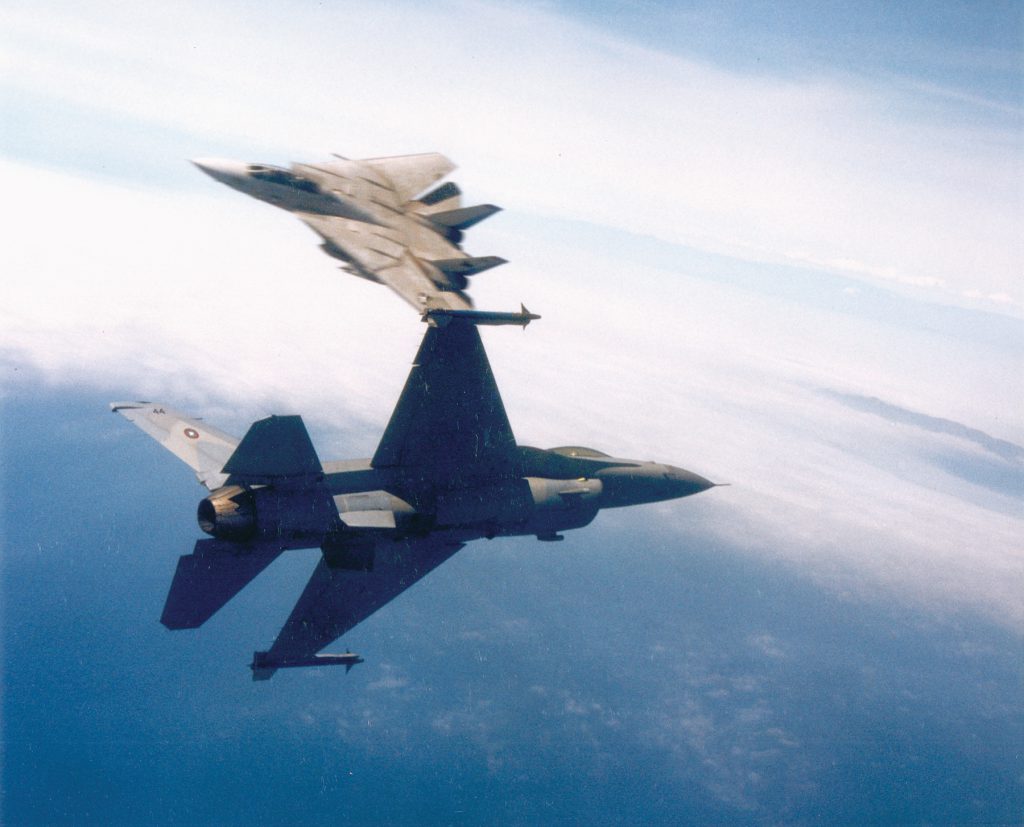
Air dominance has always been expensive. Nowhere is that more clear than in the Navy’s legendary F-14A Tomcat made famous in 1988’s Top Gun.
In 1973, the U.S. Navy was purchasing these Tomcats at approximately 38 million each, which as compared to the numbers we’ve been throwing around thus far in this article, seems like a downright bargain. But inflation can be tricky, and many have forgotten in the years since the fall of the Soviet Union that the United States was sometimes devoting as much as a whopping 10% of its gross domestic product (GDP) to defense during the Cold War.
For context there, America’s massive 2022 top-line defense budget of $857.9 billion represents a reported 3% of its GDP. If the U.S. were still spending at the rate it did during points of both the Cold War and Vietnam, today’s defense budgets would be closer to $2.5 trillion.
The Tomcat is a perfect example of just how much the U.S. was willing to spend on defense. Adjusted to today’s inflation, each F-14A would ring in at an astonishing $270 million.
Related: Why did the F-14 Tomcat retire decades before its peers?
Air Dominance ain’t cheap
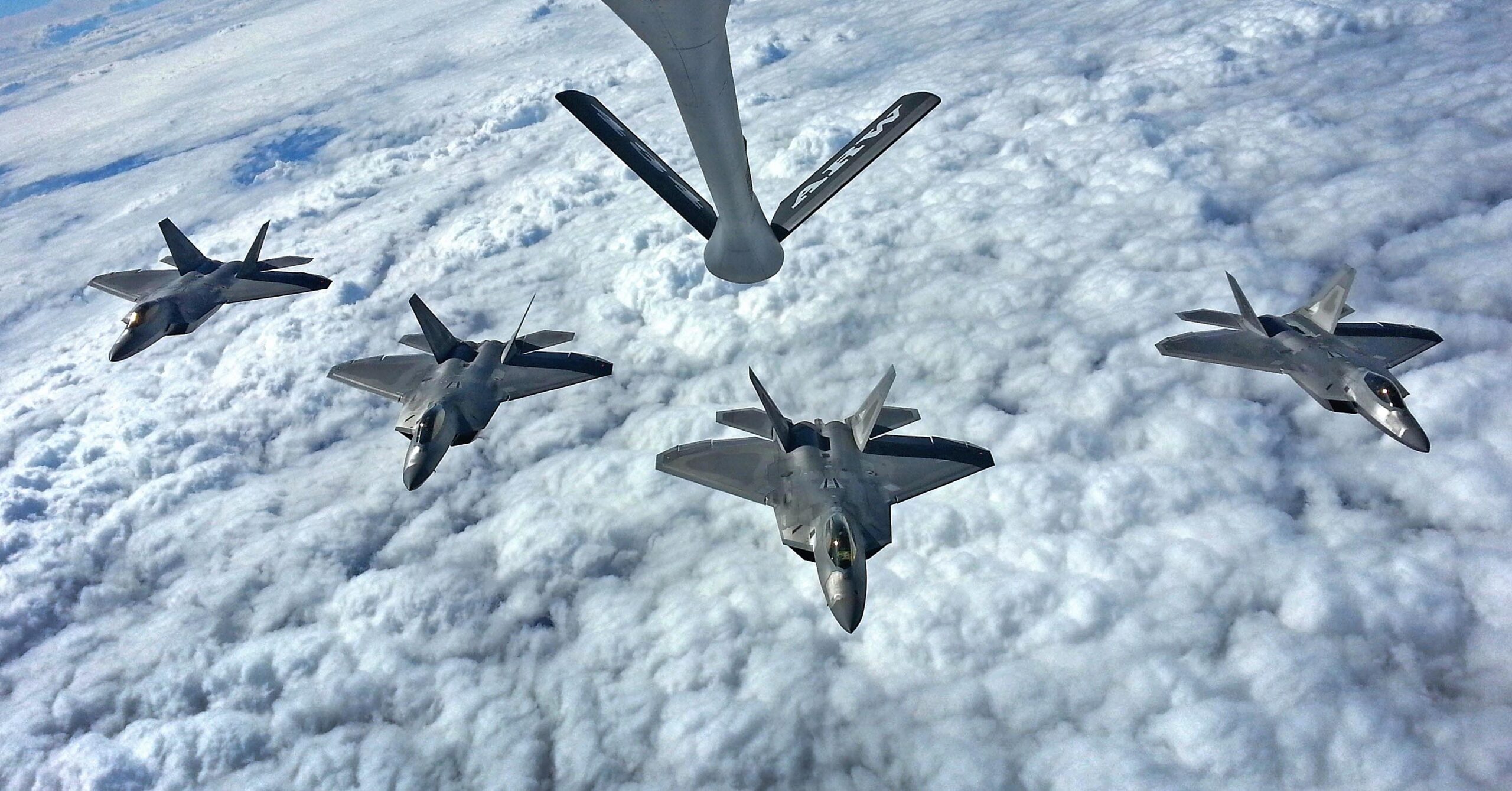
We may not know much about America’s next air superiority fighter being developed within the Next Generation Air Dominance program, but one thing we know for sure is… that it won’t be cheap. The United States has long led the world in airpower. From being the first country to field military aircraft; the first to arm aircraft; the first to conduct mid-air refueling; fly bombers around the world; build stealth attack planes, fighters, bombers, and more, America has long been willing to invest in the ability to take the fight to its opponents from the sky, and to do so with such overwhelming power, capability, and volume to dominate the airspace over any fight it’s in.
This approach to warfare is more than a habit, it’s baked into nearly every facet of America’s warfighting doctrine. America’s approach to war splits a conflict into six phases: shaping, deterring, seizing the initiative, dominating, stabilizing, enabling civilian authority, and then a return to shaping.
As Dr. Rebecca Grant, president of IRIS Independent Research, pointed out in Air Force Magazine some 13 years ago, airpower plays a role in each and every phase — and is absolutely vital for a handful of them.
The fact of the matter is, the United States’ way of war doesn’t include dominating the skies… it mandates it. And as we’ve seen from the 1970s straight through to today… dominating the skies is an expensive endeavor.
So, if we do come to learn that the NGAD fighter does indeed cost around $300 million per fighter, we should see that not as an immense leap in price over the jets that came before it, but rather as the going rate for air supremacy.
Modified feature image courtesy of Rodrigo Avella
